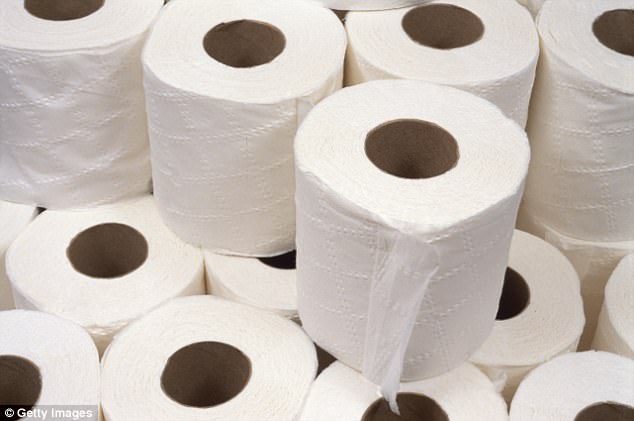Toilet paper is something we use every single day without giving it much thought. It’s so common and convenient that most people assume it’s completely harmless. But what if I told you that something as ordinary as tissue paper could be silently causing harm to your health and the environment?
Let’s start with the chemicals used during the production process. Many brands of toilet paper—especially the white, soft ones—go through a bleaching process to make them look clean and pure. This bleaching often involves chlorine, which can leave behind a harmful by-product called dioxin. Dioxin is linked to hormonal imbalances, fertility issues, and even certain cancers over time. Though the exposure is small, using it daily on one of the most sensitive parts of your body can raise concerns.
Another hidden danger lies in the fragrances and lotions added to some tissue papers. These additives might seem luxurious, but they can cause irritation, itching, and allergic reactions, especially for people with sensitive skin or conditions like eczema. For women, these scented products can disrupt the natural pH of the intimate area, increasing the risk of infections like yeast or UTIs.
From a hygiene perspective, dry toilet paper doesn’t always clean as well as we think. It can leave behind tiny traces of waste, which may lead to discomfort or even infections. That’s why some health experts suggest supplementing with water or using moist wipes (preferably unscented and alcohol-free) to ensure proper cleanliness.
Lastly, there’s the environmental impact. Millions of trees are cut down annually to make toilet paper. The overuse of this product contributes to deforestation and pollution. And unlike other products, most tissue paper isn’t recyclable once used.
In conclusion, while toilet paper seems harmless, it’s worth rethinking how much and what kind we use. Opting for eco-friendly, chemical-free, or water-based alternatives might be a healthier choice—not just for your body, but for the planet too.
